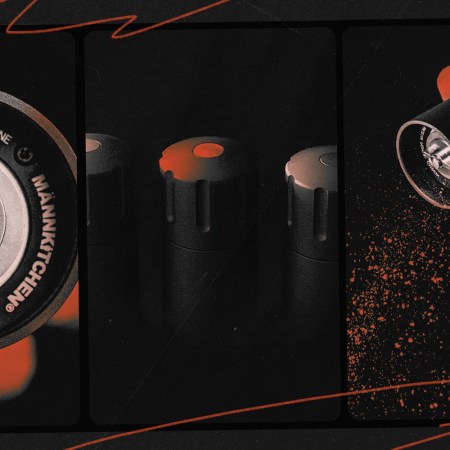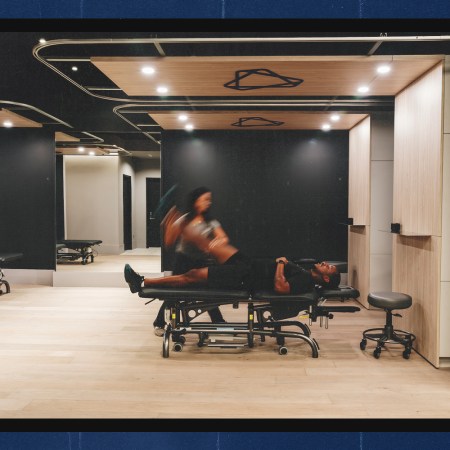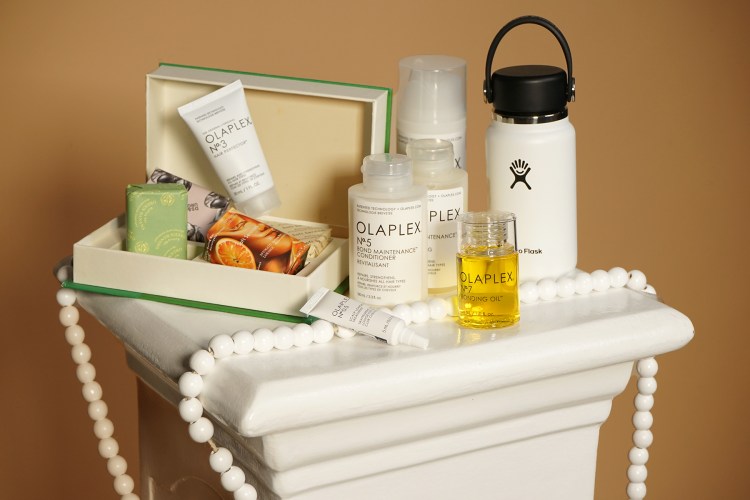Forests from California to the Rockies are ablaze. Hurricanes are ravaging the Gulf Coast. Large swaths of Mexico now stand in rubble.
And those are just the natural disasters. What about man-made ones?
“We tell people to prepare for a zombie apocalypse,” says Captain John Ignatczyk of the Los Angeles Fire Department. “It’s a joke, but if you’re prepping for that, you’ll be ready for all other types of hazards.”
To prepare for zombies — and other, more immediate dangers — we asked Captain Ignatczyk to put together a plan for disaster-proofing your home.
From go-bags to evacuation routes to off-grid essentials, here it is, in 45 steps.
- Have a damn good plan
“The most common mistake we see is that people don’t have a plan. We focus on three main points, and you can pick this up on ready.gov: ‘Have a plan, have a kit, stay informed.’ The fourth one we always talk about is ‘Get involved.’
The have-a-damn-good-plan checklist, in seven steps:
- Where will you evacuate if you have to?
- When will you leave?
- What are the determining factors as to when you’ll leave vs. stay? What’s your plan for staying?
- Sign up for alerts and notifications through mass-media and/or social media
- Where will your pets go?
- Do you need anything special stockpiled (medications, baby formula, diapers, etc.)
- Have a list of numbers for your emergency contacts outside and inside the area
2. Safeguard your home
“[L.A. has plenty of] pre-’33 construction — or Victorian-style — homes built right around the turn of the century, where everything was held together by nails. Newer construction has metal plates holding all your members together. You’ll see that those are the stronger buildings. Older homes that aren’t bolted to their foundation. Roofing styles, for instance, can pose a problem. If you have a wood shake roof in a wildfire area, that’s not as fire-resistive as something that’s a composite shingle.”
Some things to take into account to :
- Talk to an architect about the safety of your home
- If you live in a place prone to forest fires, keep brush cleared around your property
- If you live in an earthquake-prone area, consider your exits. But when it happens, you want to drop and cover. Then go outside.
- If you live in an earthquake-prone area, install latches on cabinets (also make sure you exit routes aren’t through the kitchen).
- Make sure you have two unobstructed exits in your house. Assess to make sure there will be no glass on the ground should a high-powered storm or quake rock your home.
- If you live in a place prone to hurricanes or earthquakes, replace your plate glass windows with safety glass.
- Know where your utilities are located and how to shut them off (gas, water, electric)
- Make sure your windows are all operable
- If you live on the second floor or above, know the evacuation routes blindfolded
- Keep $300+ cash somewhere in your home
- Have a go-bag ready
3. Supply your home
“At the fire department, we say [be ready for] 72 hours at a minimum. We’re not saying that we won’t get to you. We’re just saying that there’s going to be a delay in your normal fire service and your 911 provider. Disaster preparedness is everyone’s responsibility, and everybody needs to have something in their home, in their place of work, or in their car to help them out in those scenarios. Longer delays are for people in isolated areas, where roads and access might be more obstructed. That’s why we always tell people ‘minimum of 72 hours.’”
Water: Very important
You want to keep one gallon per day per person. Your correspondent gets water delivered, and he keeps five gallons of potable water on hand. “That’s good,” says Captain Ignatczyk. “We keep the solid 24-packs that you get in bulk and rotate those, so we’re never throwing away water.”
It’s important to remember not to store plastic directly on concrete, and instead on a wood pallet or in a rack. “Studies show where plastic, one-gallon containers stayed on a cement floor, and after not moving it for a long time, they pulled it up and it broke in half. Then the water was contaminated by leaching through the cement,” explains Captain Ignatczyk.
A good three-part water preparedness plan:
- An Aquabrick water purifier, just in case
- Storage for your water bottles
- The Grayl water purifier for your go bag
Lights: Very important
- One LED headlamp with a distress signal per person. You want something hands free that can also be seen from above.
- LED lanterns to help you stay safe in the dark
Basic life support: Very important
“Trauma dressing, Band-Aids, wound-care items such as gauze, eye washes, safety gloves, eye protection — those are the things that are very simple to use. You know if you see a cut that’s bleeding, all you need is something that could cover a wound and possibly tape.”
- Air purification masks are important for those in areas prone to fires and earthquakes
- First-aid kits don’t have to be super deluxe
- A water key that can be used to turn off your gas and water
- Fire extinguishers: you want one that covers wood, oil and electrical fires
- A breacher bar will help you break open jammed windows and doors
- Duct Tape is useful in many situations, so keep some handy
- A SOG multitool is nice to have for a variety of things
- A good whistle: you need a chance to be heard if you’re trapped and require assistance
Food: Important
You can last longer without food than water, but why do it? Be mindful of your dietary needs.
- Yeti makes the best coolers for storage in the event of a hurricane (or a block party)
- S.O.S. Rations pack all the vitamins and minerals you need
- Wild Planet makes the best tasting sardines, loaded with omegas and protein
- Canned food stored in bulk in your cupboard
- Dried nuts are another great source of lasting energy
Energy: Varies
“One of the most wanted resources after some kind of a disaster is always some form of backup power, especially during a heatwave or ice storm: to charge your phone, to keep your refrigerator cold. Think of the amount of money that you have invested in food: that’s a valuable resource. You might not have the luxury of having a big kit with a lot of food, but you do have a refrigerator; don’t let that food go bad.”
- Portable solar
- Home solar or geothermal is fine so long as you have a backup battery (see: Tesla)
- Gas generators are extra important in places prone to heat waves and freezing temps
- Gas for your car, stored in plastic containers and not directly on concrete
- A fire starter is wise to have on hand in case you have a safe place for a fire
Protection: Varies
“Safety is always paramount in the home, as far as locking doors, lights — things like that. You have those options for security. As far as whether people need to own guns? That’s up to the individual.”
- Remington’s 20 gauge has low recoil and will protect you from animals and humans
- Tactical Walls makes RFID safes that hide in plain sight (and keep firearms out of reach)
- An SOG Pup knife is useful for cutting anything or self defense
- An SOG hatchet is crucial if you live in a place that floods. If you find yourself in the attic, you’ll need this to chop your way out to the roof. And of course, zombies.
Additional resources
CERTA (community emergency response team)
FEMA (federal emergency management agency)
The Charge will help you move better, think clearer and stay in the game longer. Subscribe to our wellness newsletter today.






















